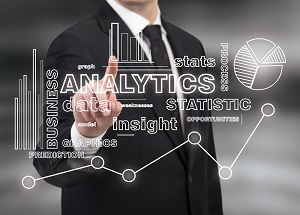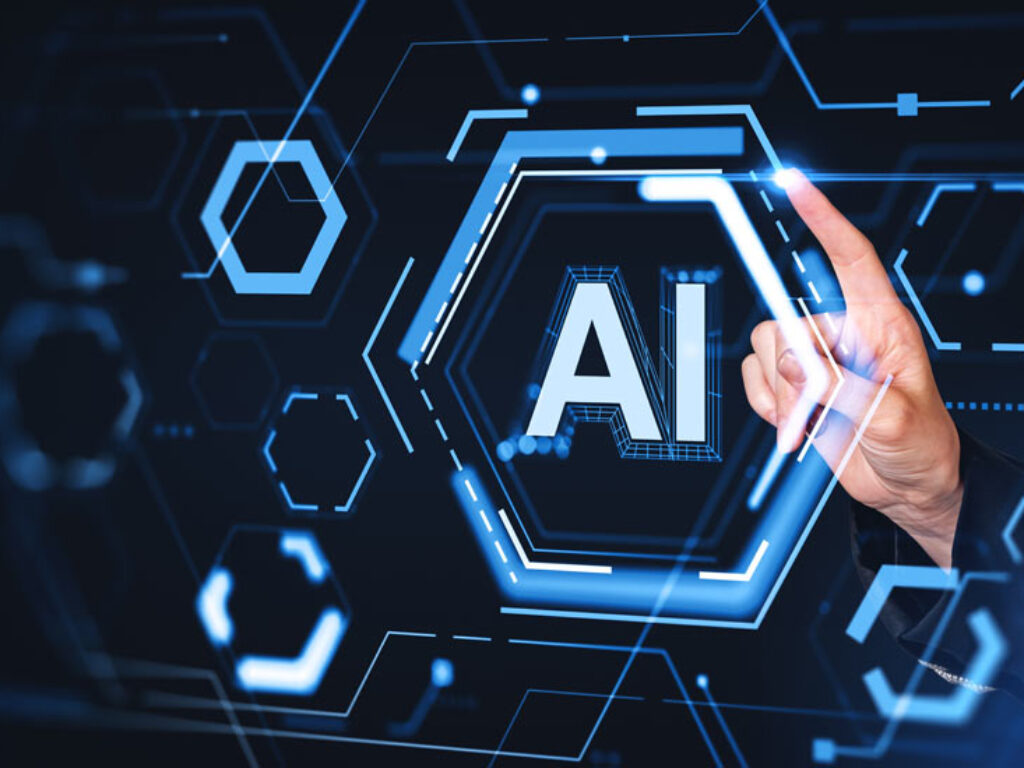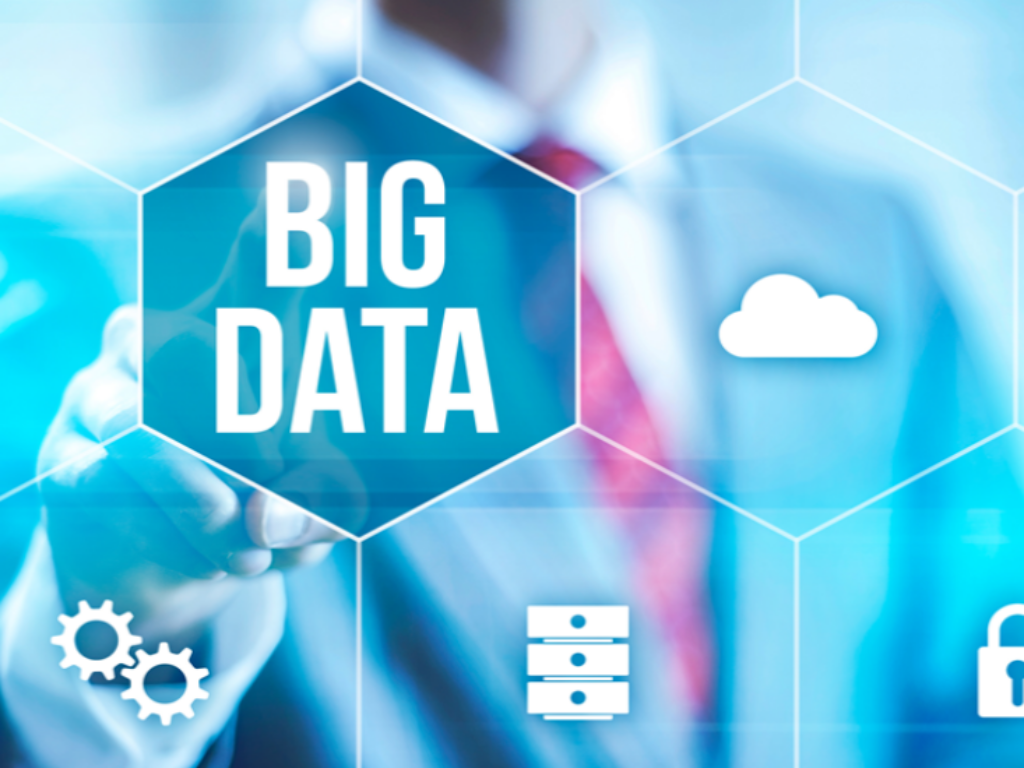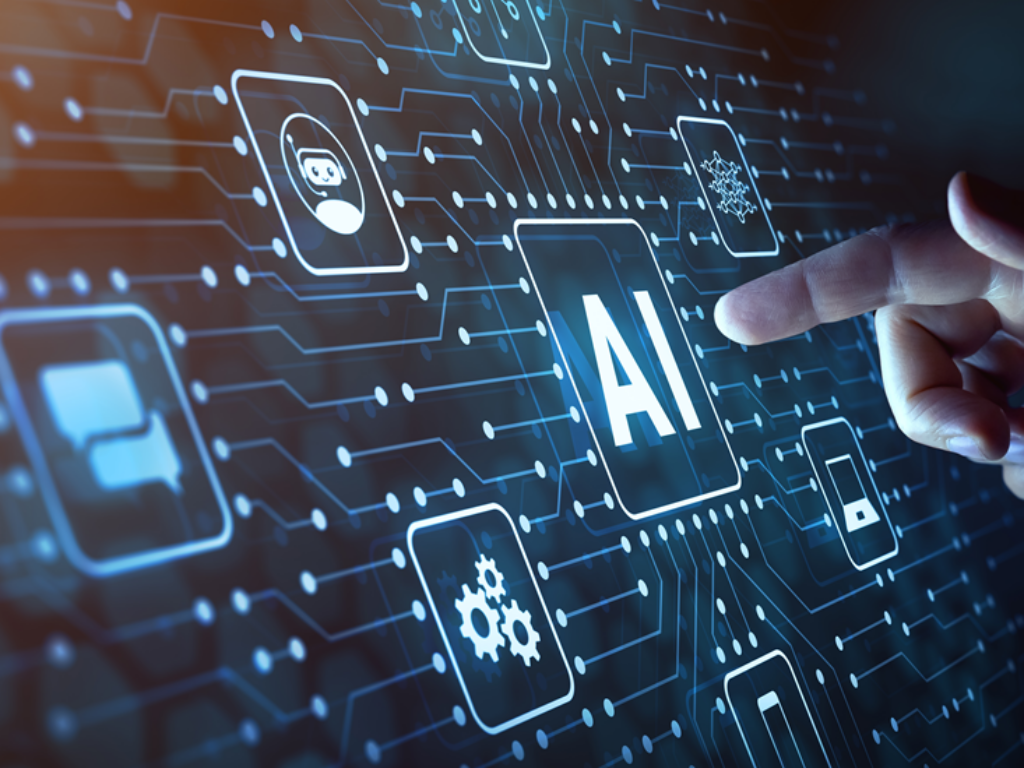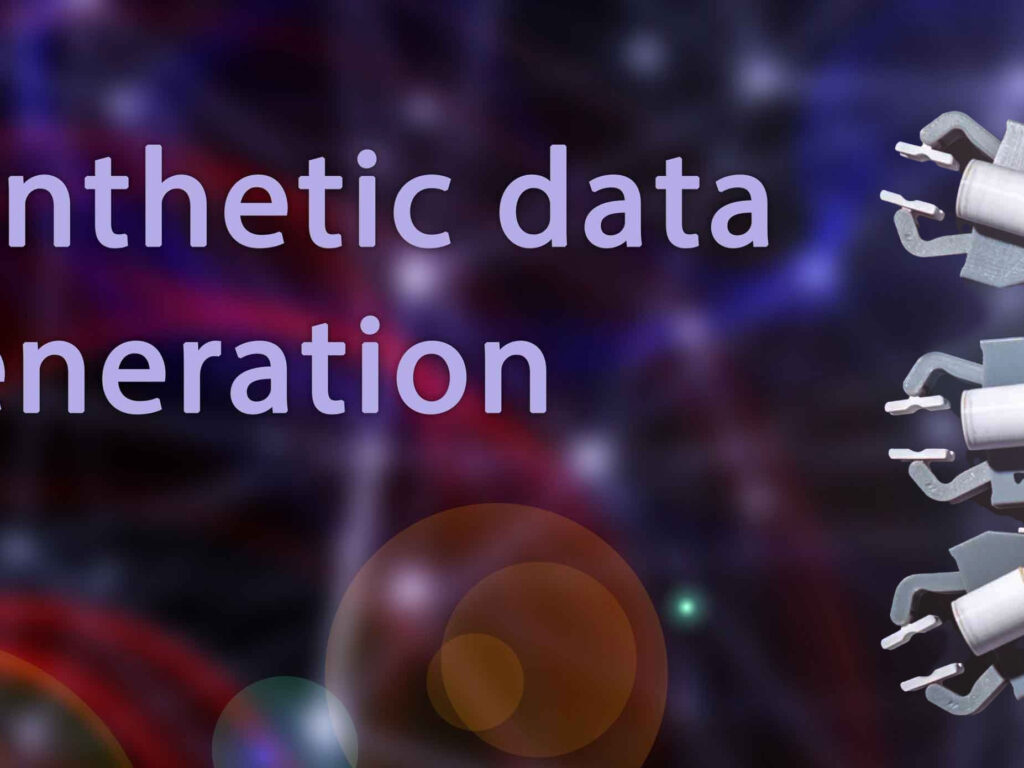In this contributed article, Mateusz Krempa, Chief Operations Officer for Piwik PRO, explores the benefits and challenges of using raw data in analytics, and discusses its potential use cases for gaining valuable insights.
Heard on the Street – 4/25/2024
Welcome to insideBIGDATA’s “Heard on the Street” round-up column! In this regular feature, we highlight thought-leadership commentaries from members of the big data ecosystem. Each edition covers the trends of the day with compelling perspectives that can provide important insights to give you a competitive advantage in the marketplace.
Artificial Intelligence Means Smaller Teams Doing More with Less Makes the Small Autonomous Teams Structure Even More Important
In this contributed article, Brady Brim-DeForest, CEO of Formula.Monks, discusses how the more that we incorporate AI technology into white collar workflows in large organizations, the more that it becomes important to lean into the work structures that make humans function at their best.
The Solution to Data in Motion Is to Just Stop
In this contributed article, Sida Shen, product marketing manager, CelerData, discusses how data lakehouse architectures promise the combined strengths of data lakes and data warehouses, but one question arises: why do we still find the need to transfer data from these lakehouses to proprietary data warehouses? In this article, we’ll explore how to maximize the efficiency of lakehouses, eliminate data in motion, and streamline data management processes.
What AI Could, Should, and Would Do
In this contributed article, Dr. Chirag Shah, professor in the Information School at the University of Washington, highlights how we are at a crossroads in our relationship with AI where what we choose now can have a huge impact on the future of AI and that of humanity. So the question is — how do we make good choices? Let’s start by examining two extreme visions of AI.
What Happens When We Train AI on AI-Generated Data?
In this contributed article, Ranjeeta Bhattacharya, senior data scientist within the AI Hub wing of BNY Mellon, points out that In the world of AI and LLMs, finding appropriate training data is the core requirement for building generative solutions. As the capabilities of Generative AI models like Chat GPT, DALL-E continues to grow, there is an increasing temptation to use their AI-generated outputs as training data for new AI systems. However, recent research has shown the dangerous effects of doing this, leading to a phenomenon called “model collapse.”
Where Artificial Intelligence Is Making a Difference in Healthcare
In this contributed article, Rajesh Viswanathan, Chief Technology Officer for Inovalon, discusses how for the past year, AI was at the center of conversations throughout healthcare. While the potential for AI to revolutionize healthcare is clear, from care delivery to enhancing operational efficiencies and accelerating research, many organizations are still figuring out where to begin.
Heard on the Street – 4/18/2024
Welcome to insideBIGDATA’s “Heard on the Street” round-up column! In this regular feature, we highlight thought-leadership commentaries from members of the big data ecosystem. Each edition covers the trends of the day with compelling perspectives that can provide important insights to give you a competitive advantage in the marketplace.
Why the Modern Data Stack is Broken and How to Fix It
In this contributed article, Stavros Papadopoulos, Founder and CEO, TileDB, discusses how we are quickly reaching a threshold where the vulnerabilities of the modern data stack are starting to outweigh its advantages. Here’s what we need to do next.
Why Accelerating Data Engineering Across Public Clouds and Private Data Centers is a Game Changer
In this contributed article, Rob Gibbon, Product Manager at Canonical, suggests that data engineers typically know what they need to get done. The problem is that their environment doesn’t always make it easy. If you’re working on premise, it can be hard to get data-intensive solutions off the ground quickly. However, cloud solutions come with lock-in and unpredictable pricing. The game-changer in this scenario is a hybrid solution that will allow you to accelerate data engineering.

